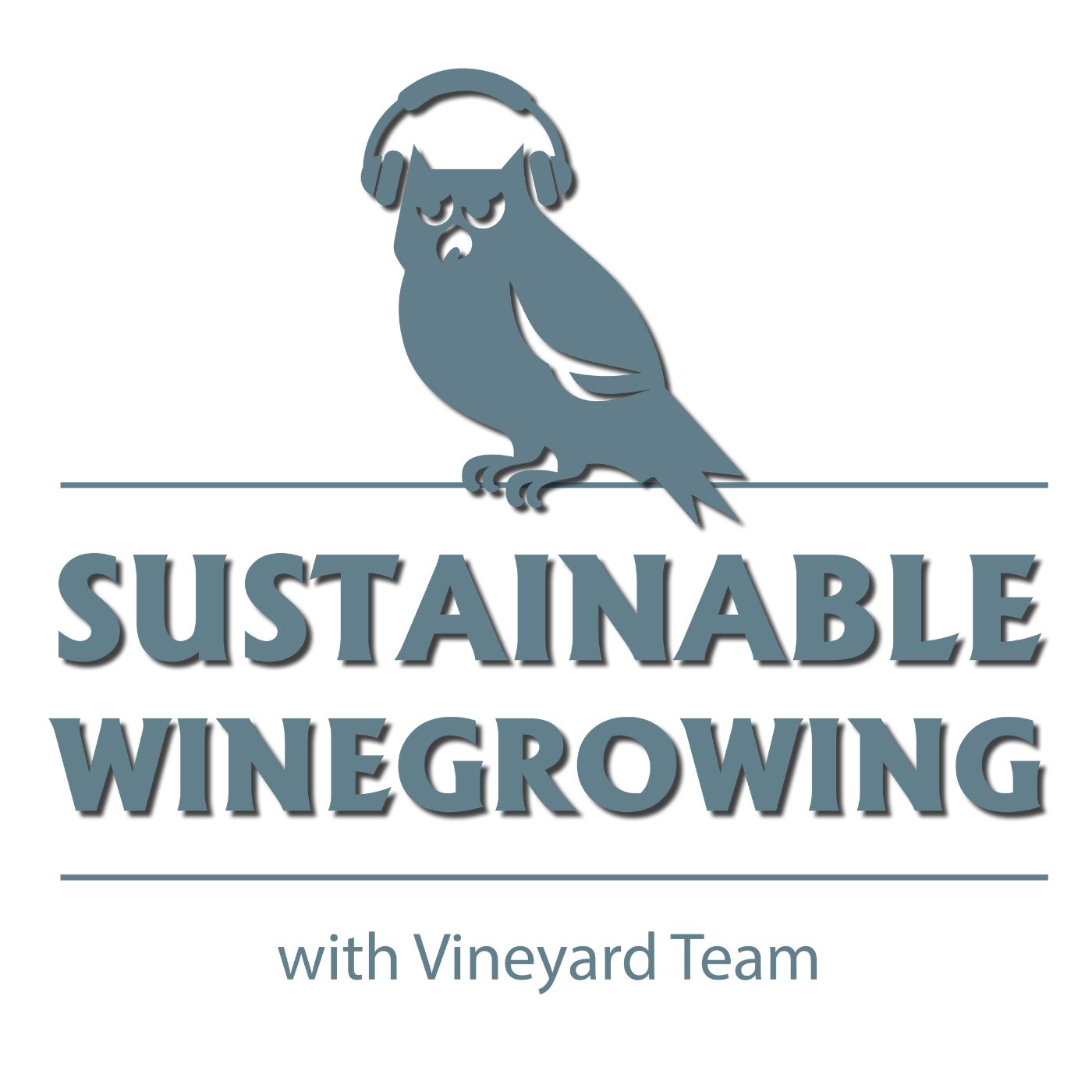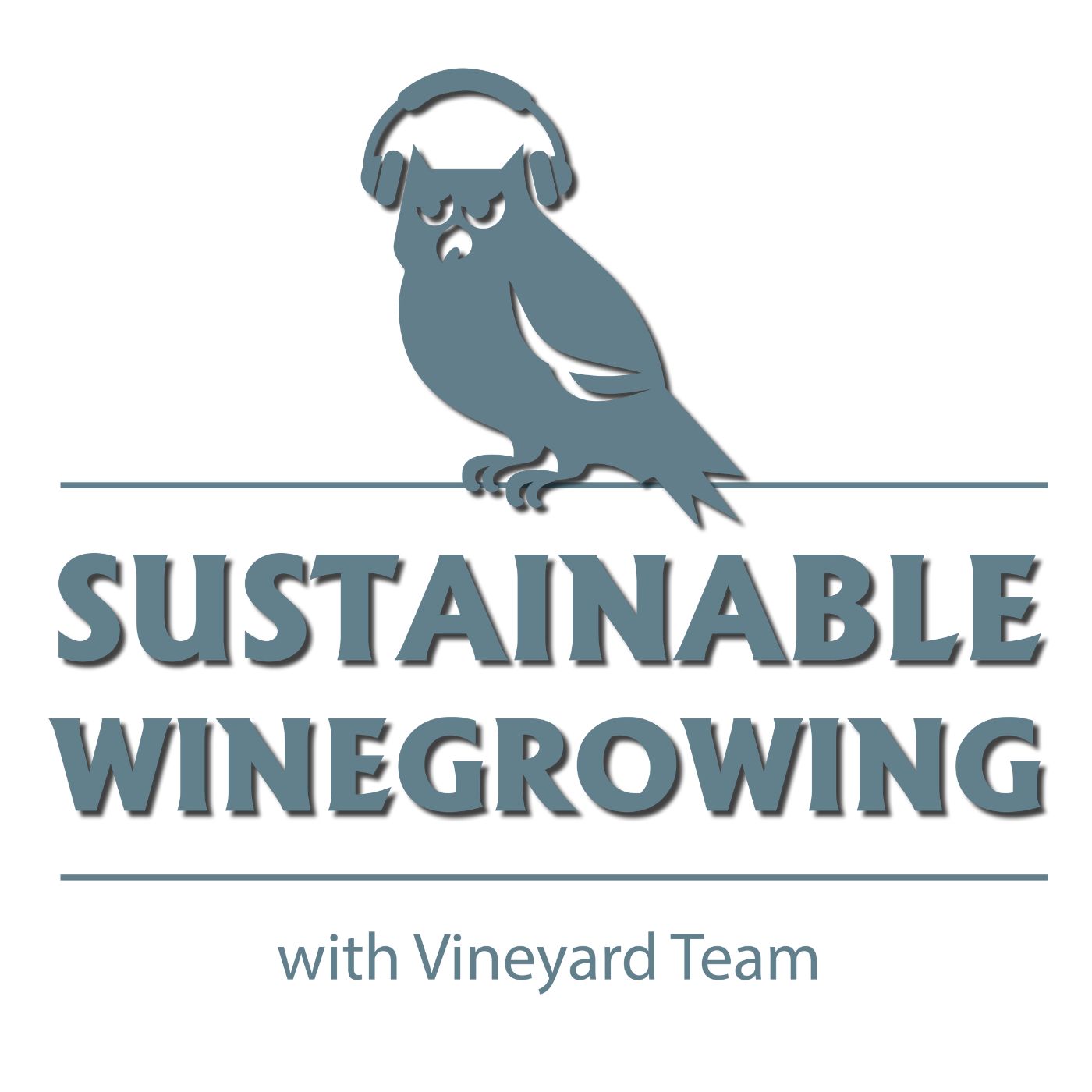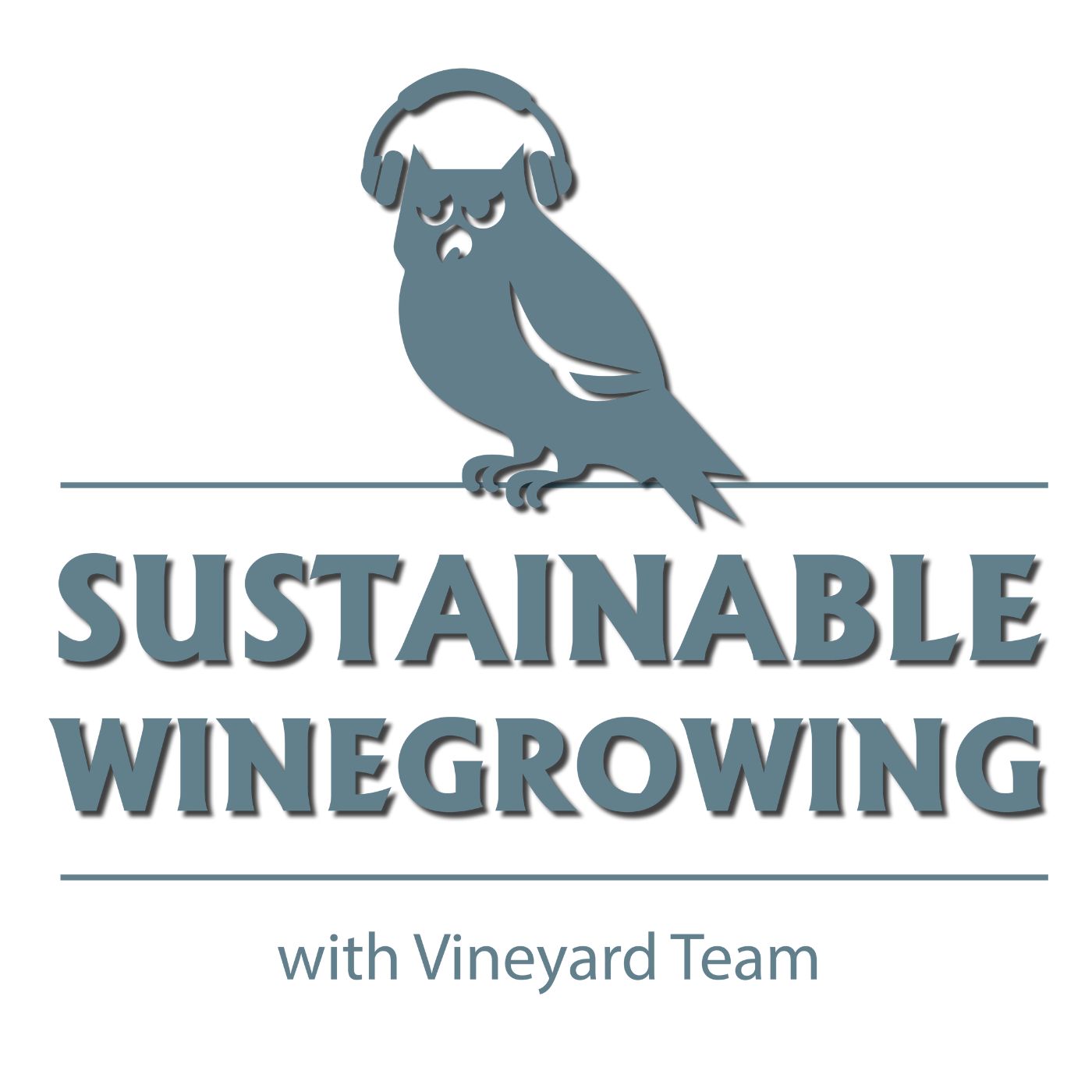243: Microbial Communities in the Grapevine
Description
Microbial communities vary widely from plant to plant, even from rootstock to rootstock! Philippe Rolshausen, Professor of Cooperative Extension for Subtropical Horticulture in the Department of Botany and Plant Sciences at the University of California Riverside studies the phytobiome. This includes all organisms associated with the vine including bacteria, fungi, insects, and animals. Learn the impact these communities have on your vineyard from young vine decline under extreme stress to the wine’s terrior.
Resources:
- 78: Biological Control for Grape Vine Trunk Diseases
- A Method to Detect and Quantify Eutypa lata and Diplodia seriata-Complex DNA in Grapevine Pruning Wounds
- Endophytic microbial assemblage in grapevine
- Grapevine pruning strategy affects trunk disease symptoms, wood pathobiome and mycobiome
- Philippe Rolshausen
- Phylogenomics of Plant-Associated Botryosphaeriaceae Species
- Rolshausen Lab
- Soil Health Playlist
- Temporal Dynamics of the Sap Microbiome of Grapevine Under High Pierce’s Disease Pressure
Vineyard Team Programs:
- Juan Nevarez Memorial Scholarship - Donate
- SIP Certified – Show your care for the people and planet
- Sustainable Ag Expo – The premiere winegrowing event of the year
- Sustainable Winegrowing On-Demand (Western SARE) – Learn at your own pace
- Vineyard Team – Become a Member
Get More
Subscribe wherever you listen so you never miss an episode on the latest science and research with the Sustainable Winegrowing Podcast. Since 1994, Vineyard Team has been your resource for workshops and field demonstrations, research, and events dedicated to the stewardship of our natural resources.
Learn more at www.vineyardteam.org.
Transcript
[00:02:07 ] Craig Macmillan: Our guest today is Philippe Roshausen. He is Professor of Cooperative Extension at University of California, Riverside. And today we're going to be talking about the soil microbiome. Thanks for being on the podcast, Philippe.
[00:02:19 ] Philippe Rolshausen: Thank you for having me.
[00:02:20 ] Craig Macmillan: Well, when we do these topics, like to start from the very basics. And then we can go very deep from there. What is your definition of the soil microbiome?
[00:02:31 ] Philippe Rolshausen: Well, a microbiome is the collection of microbes. The soil microbiome is the collection of microbes associated with the soil. I have to say we work on the soil microbiome, but we also work on the phytobiome, which is the collection of organisms. associated with the, the, vine, and that can be fungi, bacteria, viruses, even insects. So we are more interested in fungi and bacteria in my lab. And especially those that live inside the vine and how it's connected to the roots and the soil.
[00:03:12 ] Craig Macmillan: Yeah, I'm very interested in that. Just for our listeners, other aspects of the soil microbiome could include things like microarthropods,
uh, nematodes, etc. It's a very complex Complicated
ecosystem.
[00:03:26 ] Philippe Rolshausen: I and I only focus on one part of it.
[00:03:29 ] Craig Macmillan: The work that I've done with soil microbiome in a very primitive way. We just focused on total bacteria, total biomass, things like that.
You just mentioned this and this is a good jumping off point actually. Because plants are an active part of this ecosystem, you will find different soil microbiomes around different crops. What is the soil microbial community like around grapevines in particular?
[00:03:50 ] Philippe Rolshausen: Well compared to, to what is the question. Let's give you an example. I work on citrus and grapes in the same soil environment, you would see differences between a grapevine and the citrus plant just because of the property of the host. Within grapevine, you know. Depending on the variety or the rootstocks, I should say then you would also have different microbial communities associated with the rootstock.
And this is like a plant effect because plant recruits their microbes. So, so you have sort of a template of microbial or a core microbiome, which is you would find across a different rootstock or varieties of grapes or even plants. But then. Some are very variety specific or host specific, and so you would tend to see some varietal specificity and specific microbe associated with some of those rootstock operants.
[00:04:47 ] Craig Macmillan: That's news to me. That's fascinating.
there is some commonality, but you will find some differences just based on things like rootstock?
[00:04:56 ] Philippe Rolshausen: Yes.
[00:04:57 ] Craig Macmillan: Oh, that is interesting. We may come back to that. one of the things about your work that I was really intrigued by, which I was unaware of, is the different microorganisms that one might find inside the grapevine, and what roles they play in the functioning of the plant. I mean, I think most of familiar with Our gut microflora. Right, where we know that we have organisms inside us. We have organisms on our skin and all that. I didn't realize that was true for plants as well. Tell me more about that.
[00:05:26 ] Philippe Rolshausen: You can make the parallel between the roots and the gut, actually.
Because they have similar functions. Especially with respect to nutrient assimilation Defense against disease, for instance. Now, the gut is inside, the root is outside. Someone made the comment that the plant where there are guts on the outside, just because of that parallel that between the rhizosphere and the gut.
there is a connection between what's going on inside the plant and what's going on outside the plant. We are interested to understand what the organisms that live inside the plant. Where they're coming from. in terms of diversity the endosphere, which is the the region of the, the organism living inside the plant, the endosphere is not very diverse.
There's only a few of thousand fold less microbe capable of living inside the plant just because it's a more. Stringent environment I work on the xylem a lot and, you know, there's a negative pressure for instance, there are, there's not a lot of food available, for instance.
And so microbes have to adapt to those environments, right? And it's not every microbe is capable of doing that. there's only A certain type of microbe that can live inside them. we're interested in those because we work specifically on vascular disease of grapevines, so fungi, bacteria especially.
And we try to understand how those pathogens interact with the plant, but also really understand those patho
























